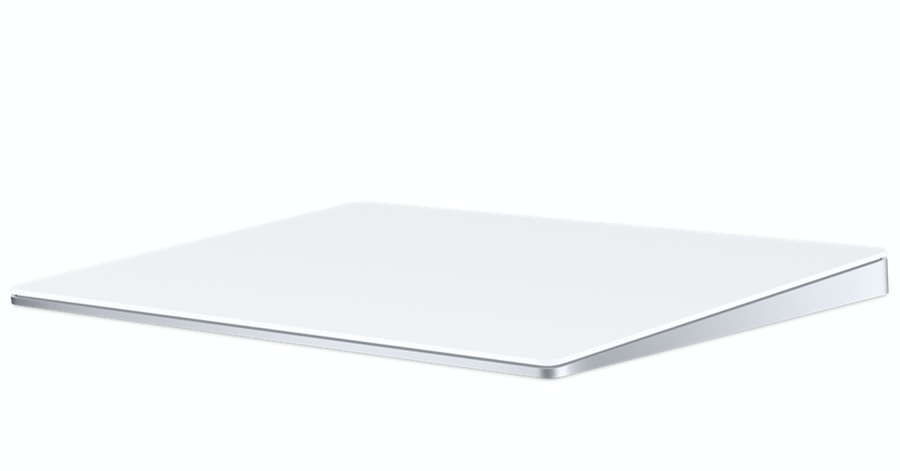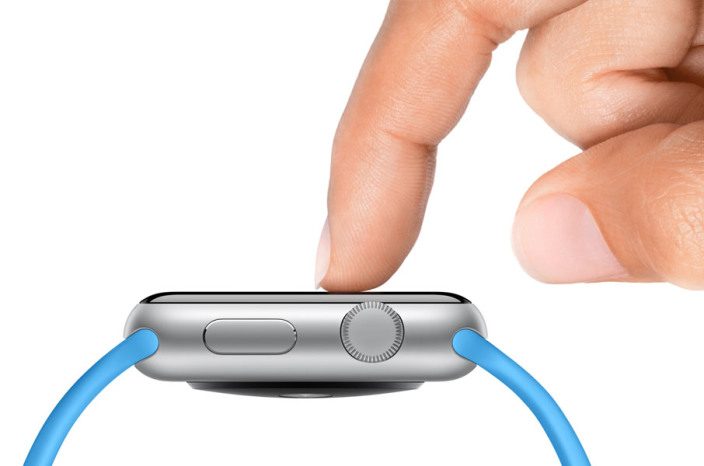Force Touch is the term Apple uses for the pressure sensitivity in displays and trackpads. Apple introduced the technology in 2015 with the Apple Watch, the MacBook Pro and the new 12-inch retina MacBook. It has not always been a success and nowadays it only works with trackpads. In this guide we explain how this technology works and show which functions are possible thanks to Force Touch.
What is Force Touch?
Force Touch is a way to measure how hard one (or more) fingers press against a surface on a display or trackpad. Tapping and pressing hard produces different actions.
Force Touch is different from multi-touch, which only looks at whether one or more fingers move on the surface. With multi-touch it does not matter how much pressure is applied to the screen.
Force Touch in MacBooks and trackpads
The 12-inch MacBook from March 2015 was the first to have a newly designed trackpad with Force Touch support. Other models followed later. These trackpads use electromagnets to measure how hard you press on the surface. You also get haptic feedback; as soon as you press harder, you will feel a vibration. For this purpose, the trackpad of all MacBooks has its own taptic engine. This makes it feel like you are pressing a physical button.
Apple also sells the Magic Trackpad. This is in fact the same as a trackpad in MacBooks, but can be connected via Bluetooth to, for example, an iMac. Just like with built-in trackpads, the Magic Trackpad doesn’t matter where you click on the surface. With a traditional trackpad you can only really press the bottom.

Applications
The Force Touch trackpad has all the capabilities that Apple’s multi-touch trackpads have had for years. In addition, Force Touch provides all kinds of useful small applications in macOS. For example, you can press harder on a selected file to quickly view the file with Quick Look. If you press harder on the name of a file you can immediately change the name.
You can also press harder to zoom in in the Maps app. It allows you to fast forward while watching a QuickTime video. In Safari, you can hard-press a link to preview the linked page.
Force Touch on the Apple Watch
The Apple Watch was the first device to allow Force Touch. Pressing hard on the screen results in a different action than tapping softly. Older models of the Apple Watch had small electrodes around the flexible retina display, which measure how hard you press on the display.
Apple has stopped using this feature on the Apple Watch for a few years now. Models that do have the hardware have no longer been able to use it since watchOS 7. Apple may have found the feature too difficult to use and decided to remove it.

Applications
Force Touch on the Apple Watch was mainly used to adjust the watch face. You also used it to reveal the hidden menus of certain apps. For example, if you press extra hard in the Messages app or the calendar, some options appear. Developers could also use it in their apps.
3D Touch on the iPhone
A variant of Force Touch has also been possible on the iPhone. However, Apple called it 3D Touch and it was present on the iPhone 6s (Plus) through the iPhone XS (Max). The screen could measure three different pressure levels. 3D Touch works thanks to a glass plate that Apple developed in collaboration with Corning. This includes 96 sensors that register the distance between the screen and the sensor.
Since the iPhone XR, Apple has stopped using 3D Touch and has introduced an alternative technology: Haptic Touch. This means that you hold your finger on the screen a little longer, instead of pressing it for a long time.
All devices since the iPhone 11 family no longer have 3D Touch and since iOS 13 it is no longer used in the software.
Applications
3D Touch came in handy for quick actions, like taking a selfie by firmly pressing the Camera icon on your home screen, or viewing Live Photos. Thanks to 3D Touch, the Peek and Pop function was also possible, with which you can open a preview and, by pressing harder, completely fill the screen. These functions have been carried over into the newer Haptic Touch.














